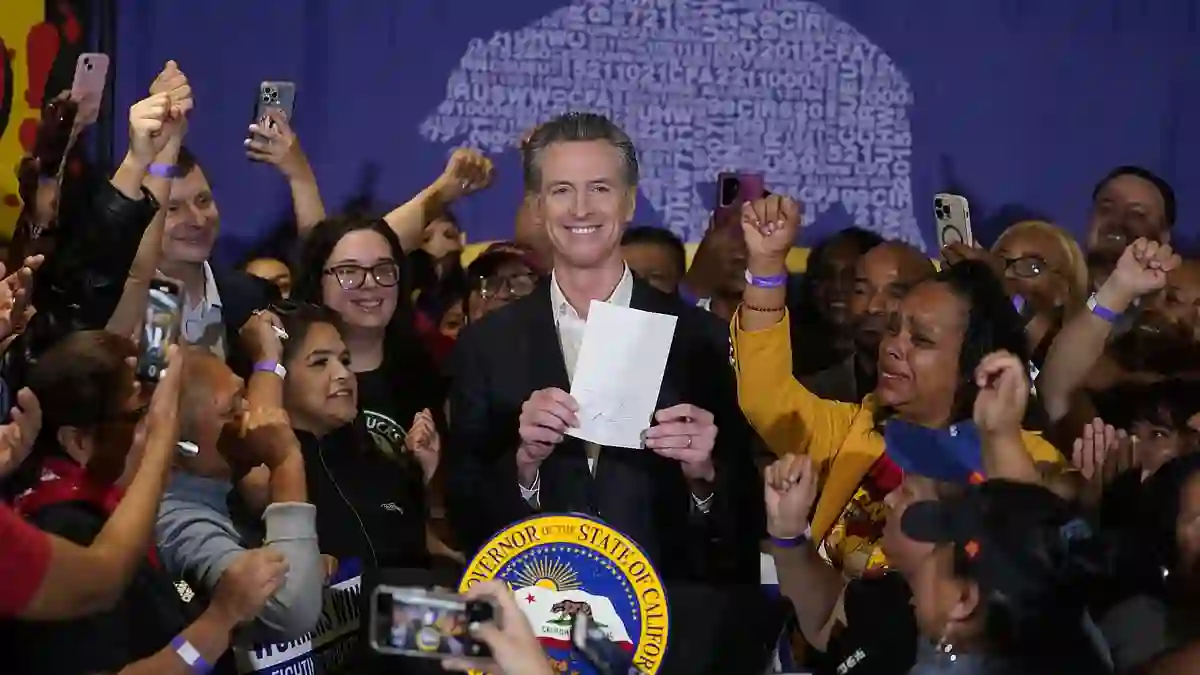When California made headlines for boosting the minimum wage for fast food workers to $20 an hour last year, supporters hailed it as a win for low-wage earners.
But now, new research suggests that the bold move may have had unintended consequences—especially for the very workers it aimed to help.
Job Cuts Spark Concern Across the State
A recent economic study from the National Bureau of Economic Research (NBER) claims that the pay hike has contributed to the loss of around 18,000 jobs in California’s fast food industry.
The researchers behind the study—Jeffrey Clemens, Olivia Edwards, and Jonathan Meer—say that fast food employment in the state fell by 3.2 percent in the year following the law’s implementation, even as the same sector saw modest growth in other parts of the U.S.
Before the wage law came into effect on April 1, 2024, the state’s fast food employment trends mirrored national patterns.
But the researchers say that changed after Assembly Bill 1228 was passed.
A Warning Signal, or a Flawed Report?
Critics of the wage law have pounced on the findings as proof that aggressive wage hikes can backfire.
Rachel Greszler from the Heritage Foundation argued that central wage controls often lead to unintended fallout.
“History shows us that setting wage floors sounds good on paper but rarely works in reality,” she said in a recent column.
“Policymakers can make rules, but they can’t rewrite basic economics.”
She also pointed to Los Angeles, which voted to raise wages for hotel and airport workers to $30 an hour by 2028, saying the state’s current job losses should be a red flag.
The Wall Street Journal editorial board added its voice, accusing politicians of indulging in “magical thinking” and ignoring economic realities.
They warned that proposals to raise minimum wages in places like New York City could face similar fallout.
Governor Newsom’s Office Pushes Back
But California Governor Gavin Newsom’s administration isn’t buying the doom-and-gloom narrative.
His deputy communications director, Tara Gallegos, dismissed the NBER study as biased, pointing out that it was connected to the Hoover Institution, a think tank she claims has previously spread misleading information.
Gallegos referred to earlier coverage in the San Francisco Chronicle, which reported that the actual impacts of the wage hike in the early months had defied many negative predictions.
She also cited a February 2025 study from a UC Berkeley professor that found no evidence of job losses tied to the wage increase.
According to that study, fast food workers saw wage gains of 8–9%, with no harmful impact on workers outside the fast food sector.
It even found that fast food businesses in California were opening at a faster rate than elsewhere in the country.
What About Prices?
There were concerns that higher wages would result in price hikes at fast food chains.
But the Berkeley study suggested the impact on consumers was minor—just a 1.5% rise in menu prices, roughly six cents on a $4 burger.
Did It Spill Over Into Other Restaurants?
The NBER paper also examined whether full-service restaurants, which weren’t subject to the $20 minimum but compete for similar workers, were indirectly affected.
It found a smaller employment dip in that sector—about 2.12%.
The Takeaway: Still a Divisive Debate
While critics of the policy see the job losses as a warning for other states and cities considering similar wage hikes, the debate is far from settled.
The researchers behind the NBER paper caution against drawing hard conclusions from isolated statistics, noting that they used comparative analysis across states to measure the trend.
So, is California’s $20 fast food wage law helping or hurting workers? It depends who you ask.
One year in, the evidence is mixed—and the political battle over wages is clearly far from over.
